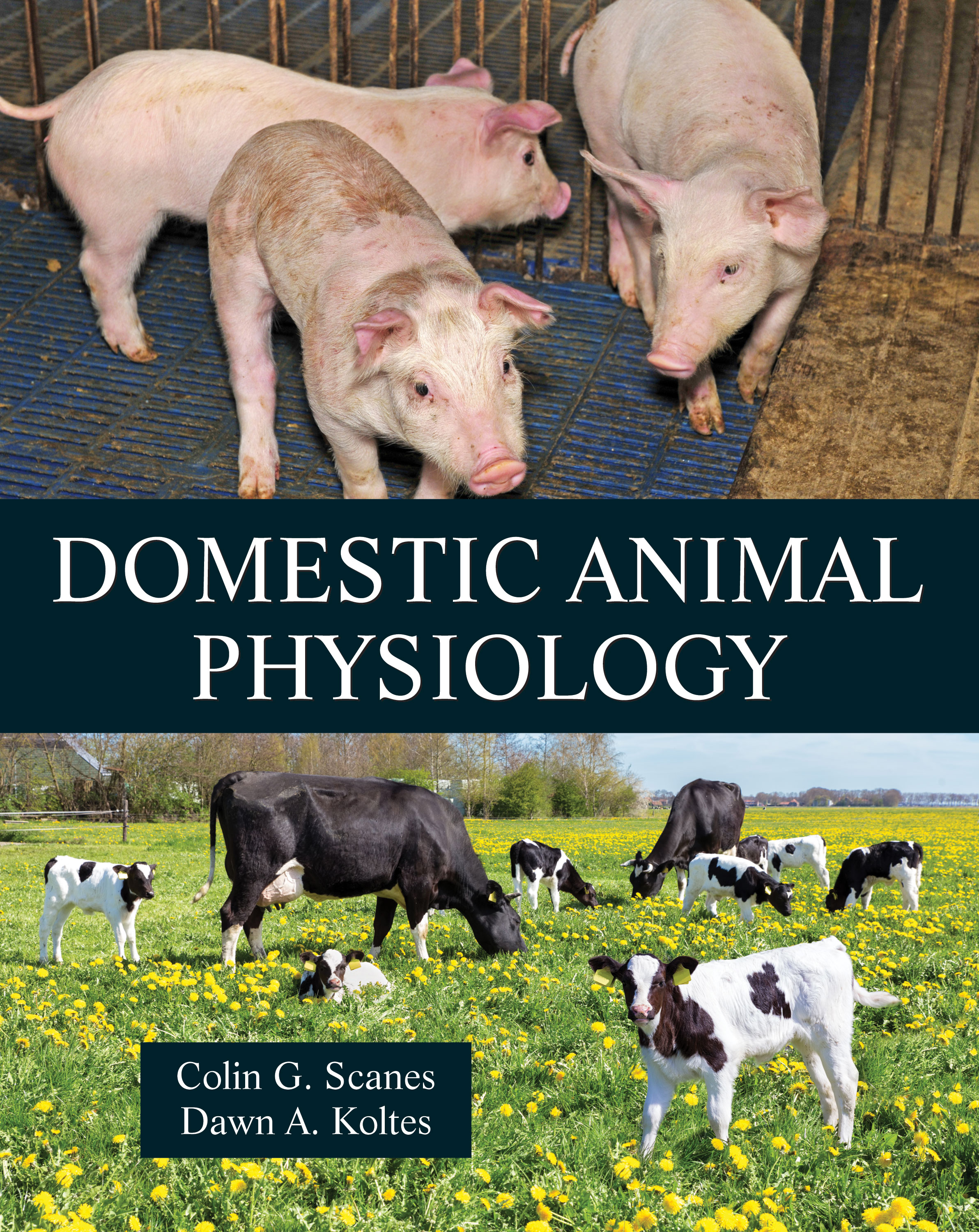1. Introduction
Theme One: HOMEOSTASIS VIA THE BLOOD
2. Circulatory System (Cardiovascular System)
3. Respiration
4. Endocrine System
Theme Two: GROWTH AND DEVELOPMENT
5. The Nervous and Sensory System
6. Muscle
7. Metabolism (in the Liver, Skeletal Muscle, and Adipose Tissue)
8. Skeleton
Theme Three: INTERACTION WITH THE EXTERNAL ENVIRONMENT
9. Immune Functioning
10. Skin (Integument)
11. Digestion and the Gastrointestinal Tract
12. Urinary System
Theme Four: REPRODUCTION (Propagation of the Species)
13. Male Reproduction (including Development of Gonads, Associated Ducts, and Accessory Organs)
14. Female Reproduction
15. Lactation

366 pages, $64.95 list
1-4786-5116-4
978-1-4786-5116-1
© 2024
paperback
Student resource materials available here.
Instructor's resource materials available here
To obtain a username and password to access these materials, contact comps@waveland.com.
Instructor's resource materials available here
To obtain a username and password to access these materials, contact comps@waveland.com.
eBook availability
Also by
Colin G. Scanes
Colin G. Scanes
Domestic Animal Physiology
Explore the fascinating field of domestic animal physiology with this engaging new text. Delve into captivating discussions on animal behavior, physiological mechanisms, and nutritional standards, all while gaining practical insights into modern health management strategies. Whether you're a future veterinarian, animal scientist, or simply passionate about animals, this textbook provides a valuable resource for navigating the complexities of animal husbandry with confidence and expertise.
Developed through a combined 60 years of experience teaching college-level courses in animal sciences, domestic animal physiology, and human physiology courses, the text is rigorously crafted while still remaining exciting and approachable. With a focus on general themes of the physiology of domestic animals, examples from individual species include cattle, sheep, goats, pigs, horses, dogs, cats, chickens, ducks, geese, and turkeys. Each chapter contains additional in-depth learning tools that take a closer look at important terms and content, helping to foster a deeper appreciation for the relationship between humans and animals.
Full-color ebook available (see sidebar at left for ebook options)
Developed through a combined 60 years of experience teaching college-level courses in animal sciences, domestic animal physiology, and human physiology courses, the text is rigorously crafted while still remaining exciting and approachable. With a focus on general themes of the physiology of domestic animals, examples from individual species include cattle, sheep, goats, pigs, horses, dogs, cats, chickens, ducks, geese, and turkeys. Each chapter contains additional in-depth learning tools that take a closer look at important terms and content, helping to foster a deeper appreciation for the relationship between humans and animals.
Full-color ebook available (see sidebar at left for ebook options)